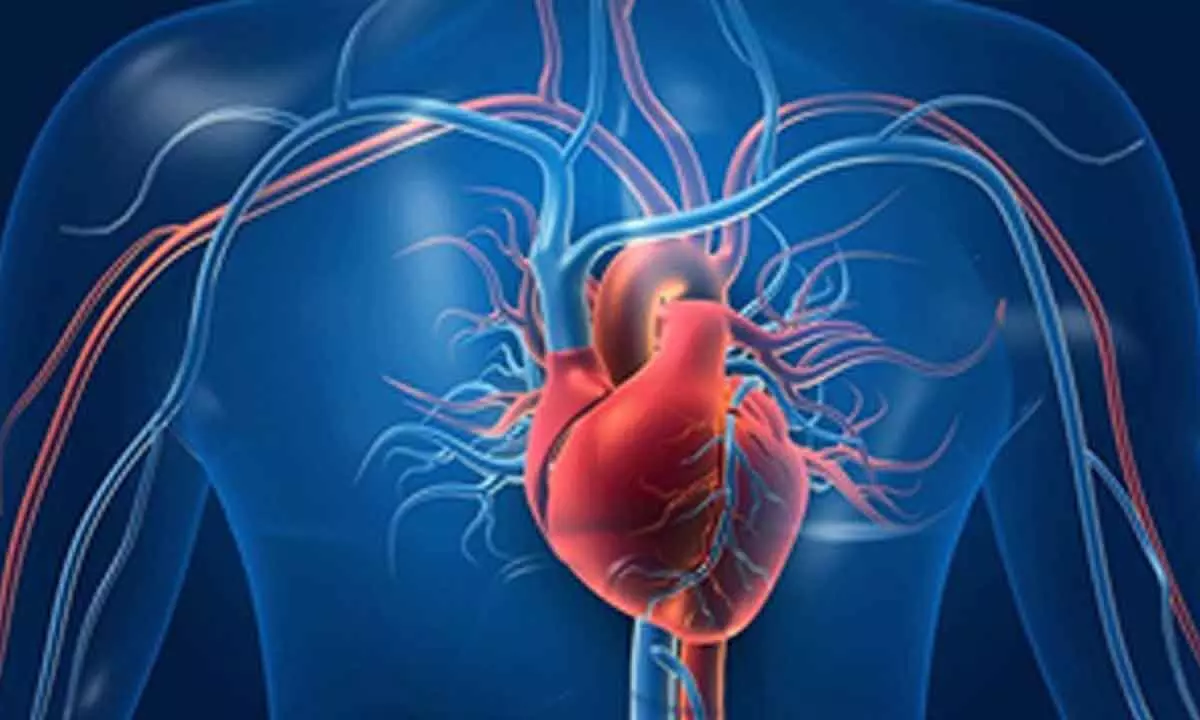Researchers a step closer to developing replacement heart valves inside body
Heart valve replacement is a life-saving treatment, but it is rarely a long-term solution. Both mechanical and biological valves have their own drawbacks
image for illustrative purpose

The new procedure begins with a nanofibrous polymeric valve, but made from a biodegradable polymer scaffold rather than a durable plastic
London: Replacement heart valves that grow inside the body may be a step closer to reality.
Researchers at the Imperial College London and Harefield Hospital in the UK have developed a novel treatment that harnesses body's natural repair mechanisms to build a living heart valve.
The results are published in the journal Communications Biology.
"The aim of the concept we've developed is to produce a living valve in the body, which would be able to grow with the patient," said Dr. Yuan-Tsan Tseng, a biomaterials scientist working at the Imperial's National Heart and Lung Institute and the Harefield Heart Science Center.
Heart valve replacement is a life-saving treatment, but it is rarely a long-term solution. Both mechanical and biological valves have their own drawbacks. Patients with mechanical valves must take drugs for the rest of their lives to prevent blood clotting.
Biological valves, on the other hand, only last between 10 to 15 years. The treatment is particularly challenging for children with congenital heart defects, as the valves do not grow along with their bodies and must be replaced several times before they reach adulthood.
The new procedure begins with a nanofibrous polymeric valve, but made from a biodegradable polymer scaffold rather than a durable plastic.
"Once this is inside the body, the scaffold recruits cells and instructs their development, so that the body works as a bioreactor to grow new tissue," Dr. Tseng explained. "The scaffold gradually degrades and is replaced by our body's own tissues."
The scaffold material used to make the valve is the key innovation.

